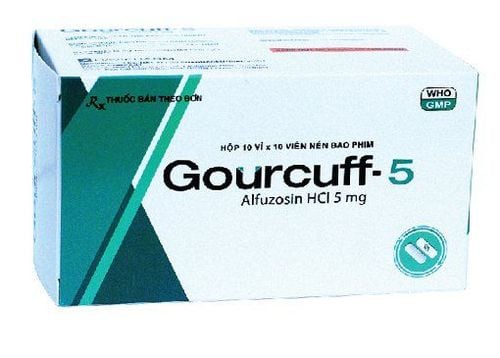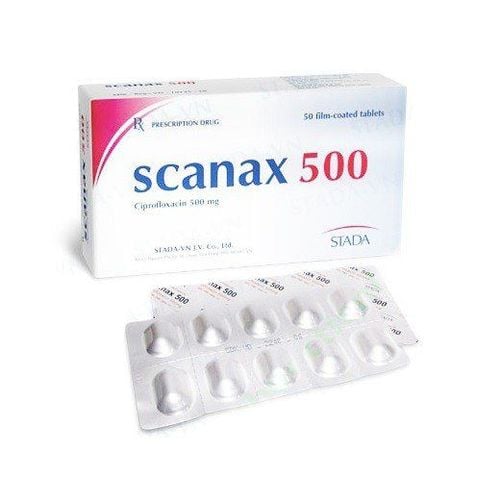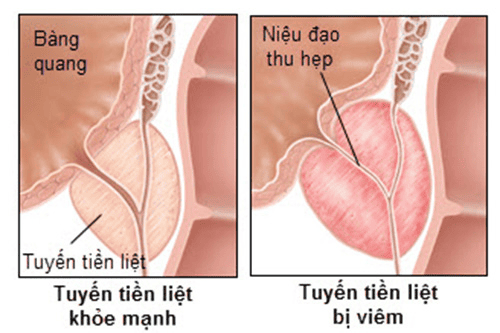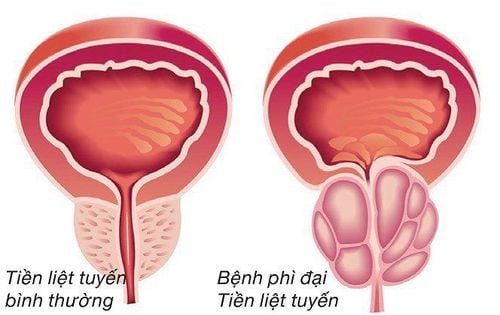This is an automatically translated article.
The prostate gland is a male sex organ that plays a very important role in performing reproductive functions. So what is the specific function of the prostate gland?1. What is the prostate gland?
The prostate gland is located below the bladder, around the tip of the urethra just below the bladder or the posterior urethra. Doctors can visit directly. Anteriorly, the gland is held by the dorsal ligament of the prostate, below by the urogenital diaphragm. At the back, there are two ejaculatory ducts that cross the prostatic urethra, near the external striated sphincter of the urethra.In adult men, the prostate gland weighs about 15-25g, is small pear-shaped, firm to the touch, averaging 4cm wide, 3cm high and 2.5cm thick. After 45 years of age, the size of this organ usually enlarges. The prostate gland is a structure of a thin fibrous capsule, under the capsule are smooth muscle fibers and collagenous tissue surrounding the urethra. Deep under this layer is the prostate parenchyma made up of connective tissue and elastic smooth muscle fibers, including the epidermis. These glands drain and in the main secretory ducts empty mainly at the floor of the urethra, the mound and the neck of the bladder. The periurethral glands are located immediately below the epidermal epithelium of the prostate gland. The periurethral glands are located immediately below the epidermal epithelium of the prostate gland.
The prostate gland has arteries arising from the bladder artery, the internal pudendal artery, and the middle rectal artery. The vein drains into the venous plexus around the prostate.
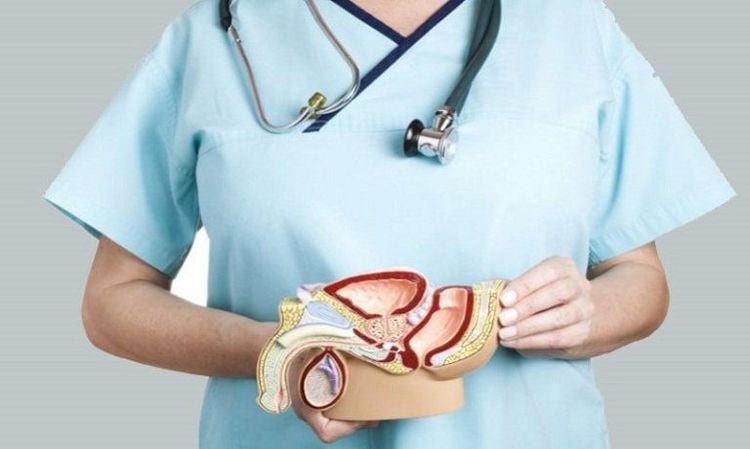
Vị trí tuyến tiền liệt nằm ở phía dưới bàng quang
2. The role of the prostate
The prostate gland in pre-pubescent males does not have any functional role in the body. When men are teenagers, the prostate gland grows thanks to the strong activation of the male hormone testosterone. And start the development process, preparing for his role in the next time.During puberty, the prostate gland begins to function. It secretes fluid to form semen, provides energy for sperm, and creates a living and active environment for sperm. Thanks to the nutrient source from this fluid, the sperm is nourished and successfully enters the egg.
This fluid has a pH of about 6.5 (more alkaline than vaginal fluid), more alkaline than prostate fluid, plays an important role in the process of protecting the sperm from reaching the fertilized egg when sexual intercourse occurs. intercourse. This amount of fluid accounts for 30% of the volume of fluid released during each intercourse, contributing to the motility and vitality of sperm after ejaculation in men.
In prostate fluid containing citric acid, Ca2+, zinc, choline, many kinds of coagulation enzymes and pre-fibrinolysin, including acid phosphatase, seminin, plasminogen activating factor and PSA ... are poured into the urethra. prostate. In which, the clotting enzymes of prostate fluid will act on fibrinogen to slightly coagulate semen in the female genital tract, thus keeping sperm close to the cervix. After 15-30 minutes, the semen is diluted again thanks to the enzyme fibrinolysin in the prostate fluid and the sperm is active again. In addition, prostaglandins of prostate fluid as well as seminal vesicles will contract the uterine muscles, increase the peristalsis of the fallopian tubes to help sperm move in the female genital tract more easily.
Men in adolescence is the time when the prostate gland is most active. A well-functioning, smooth prostate will help men have good fertility.
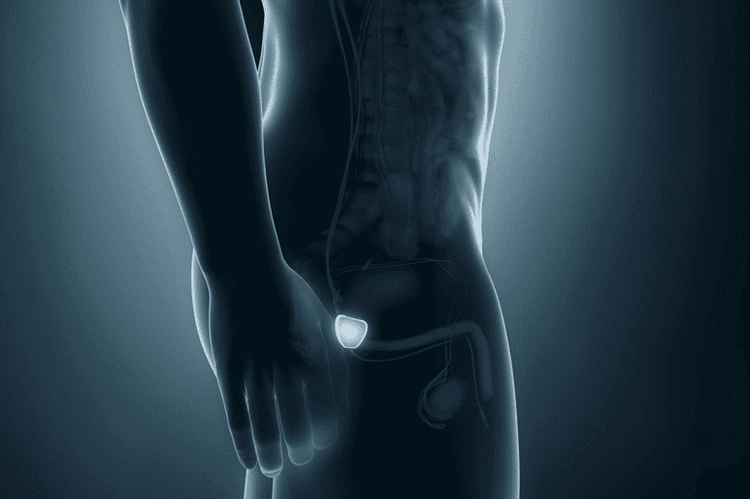
Nam giới ở tuổi thanh niên là thời gian tuyến tiền liệt hoạt động mạnh nhất
3. Prostate disease
If the prostate gland is overloaded, it can cause decreased resistance, combined with a lack of sense of hygiene, there will be inflammation, as well as other prostate diseases such as: Prostate fibrosis: Usually in men from 45 years old, when the prostate gland twists, the testicles also reduce the secretion of testosterone. Prostate cancer causes urinary disorders: urinary retention, urge to urinate, weak urine stream... Prostatitis: Symptoms cause pain in the groin, painful urination, difficulty urinating and other symptoms. related evidence. Prostatitis can be classified into acute bacterial prostatitis, chronic bacterial prostatitis, chronic nonbacterial prostatitis, and asymptomatic prostatitis. Prostate cancer: Elevated blood PSA levels are often a sign of prostate abnormality and prostate cancer. The disease has a high mortality rate in men, accounting for about 2-3% of all deaths.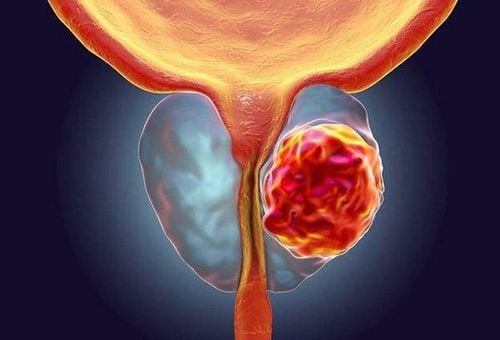
Ung thư tuyến tiền liệt có nguy cơ tử vong cao ở nam giới, chiếm khoảng 2-3% tổng số trường hợp tử vong
Please dial HOTLINE for more information or register for an appointment HERE. Download MyVinmec app to make appointments faster and to manage your bookings easily.
SEE MORESigns of prostatitis in men Does prostatic hyperplasia affect sex? Is prostate cancer curable?




